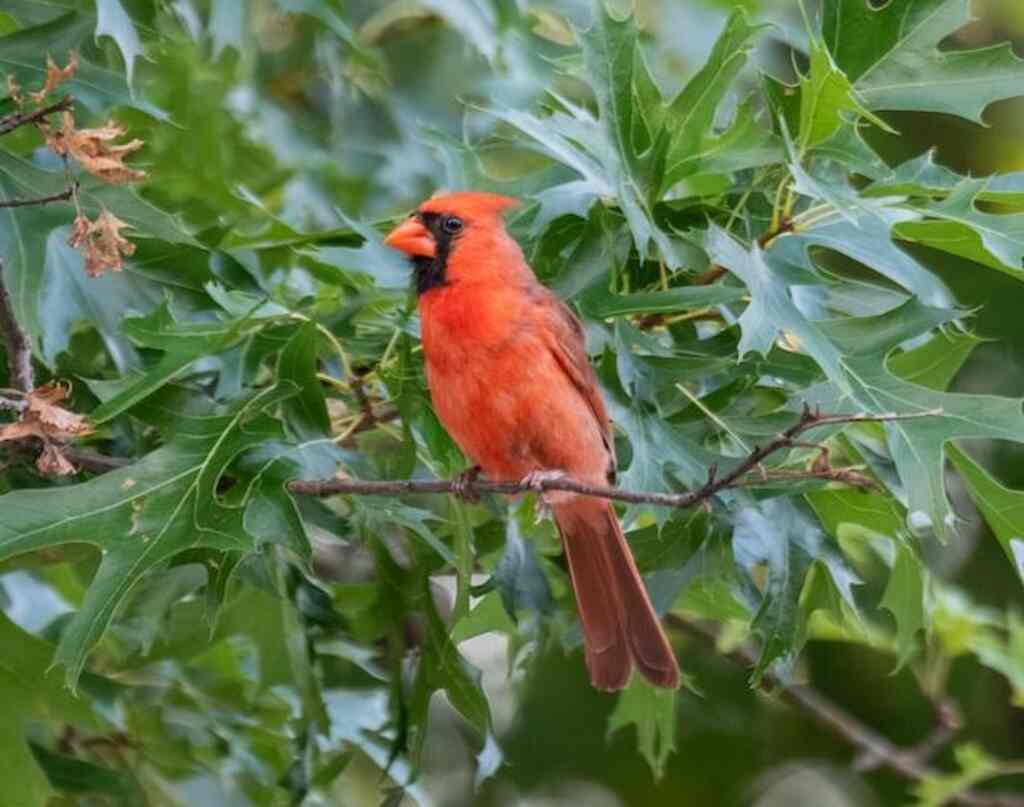Welcome to Connecticut, a birdwatching paradise! Despite its small size, this state boasts diverse habitats, strategic migration routes, and unique bird species, making it a haven for birdwatchers.
Whether you’re a seasoned birder or just starting out, there are incredible birdwatching hotspots in Connecticut waiting to be explored. Let’s grab our binoculars and discover the beauty of the birdlife that calls this state home.
Table of Contents
- 1 Key Takeaways:
- 2 Birdwatching Hotspots in Connecticut
- 3 Why Connecticut is a Birdwatching Haven
- 4 Coastal Gems: Birdwatching Along the Connecticut Shoreline
- 5 Inland Wonders: Birdwatching in Connecticut’s Interior
- 6 Migratory Marvels: Birdwatching During Migration Season
- 7 Rare Sightings: Birdwatching for Rare and Endangered Species
- 8 Birdwatching Events and Festivals in Connecticut
- 9 Tips for Successful Birdwatching in Connecticut
- 10 Conservation Efforts: Protecting Birds and Their Habitats in Connecticut
- 11 Photography and Birdwatching: Capturing the Beauty
- 12 Conclusion
- 13 FAQs: Best Birdwatching Hotspots in Connecticut
- 13.1 What makes Connecticut a popular destination for birdwatching?
- 13.2 Where are the top birdwatching hotspots along Connecticut’s coastline?
- 13.3 What are some scenic inland areas in Connecticut for birdwatching?
- 13.4 When is the best time to witness bird migration in Connecticut?
- 13.5 Can rare and endangered bird species be seen in Connecticut?
- 13.6 Are there any birdwatching events and festivals in Connecticut?
- 13.7 What tips can you provide for successful birdwatching in Connecticut?
- 13.8 What conservation efforts are in place to protect birds and their habitats in Connecticut?
- 13.9 How can I capture stunning bird photographs while birdwatching in Connecticut?
- 14 Author
Key Takeaways:
- Connecticut offers a wide variety of birdwatching habitats, making it a popular destination for birders.
- The state’s prime location along avian migration routes attracts a variety of bird species during migration season.
- Connecticut is home to unique bird species, including rare and endangered birds, that can be seen at specific hotspots.
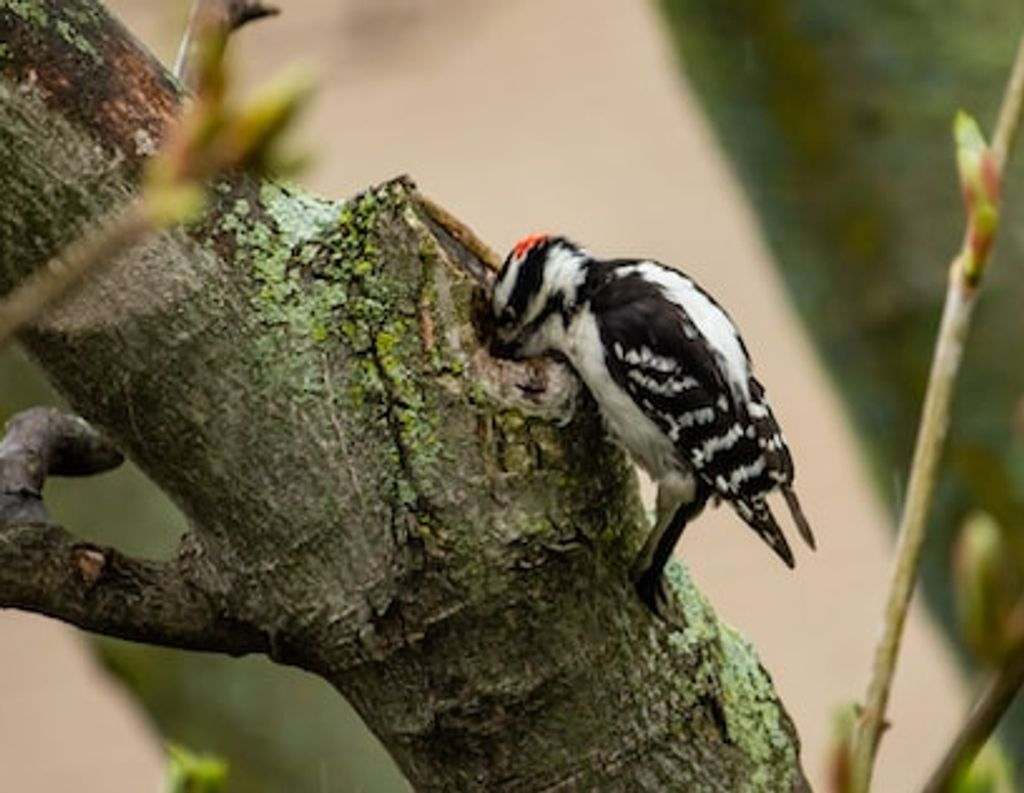
Birdwatching Hotspots in Connecticut
Explore Connecticut’s best birdwatching hotspots! From coastal havens like Hammonasset Beach State Park to inland gems like Great Meadows Marsh, the state offers diverse habitats for birders.
Don’t miss the chance to spot unique species along migratory routes and resident birds in lush woodlands. Happy birdwatching!
Why Connecticut is a Birdwatching Haven
Connecticut is a paradise for birdwatchers, offering an abundance of birdwatching hotspots throughout the state. Beyond its stunning landscapes and historic charm, Connecticut’s diverse ecosystems provide ideal habitats for a variety of bird species.
Located along important avian migration routes, the state’s coastal areas and inland forests are prime locations for observing both resident and migratory birds.
Connecticut’s Diverse Habitats
Connecticut’s natural beauty, from rolling hills to rocky shores, is home to an array of habitats. These habitats are a natural draw for numerous bird species, including warblers, finches, and raptors.
The state’s coastal regions, which include marshes, beaches, and estuaries, provide essential stopover points for migrating birds.
Additionally, inland areas such as state parks, forests, and nature preserves offer year-round birdwatching opportunities.
Ideal Location for Avian Migration
Connecticut’s position along the Atlantic Flyway, a major migration route for birds that extends from Canada to South America, makes it a critical stopover for many species of birds.
The state is also a popular overwintering destination for birds that breed in the Arctic, attracting snow buntings, snowy owls, and other cold-weather species.
During the spring and fall migration seasons, birdwatchers flock to Connecticut to witness the spectacle of thousands of birds traveling through the state.
The Connecticut Audubon Society maintains a list of bird sightings throughout the state, allowing birders to track the timing and location of migrating birds.
Whether you’re an experienced birdwatcher or a novice, the exceptional diversity of birdwatching opportunities in Connecticut is sure to delight and inspire.
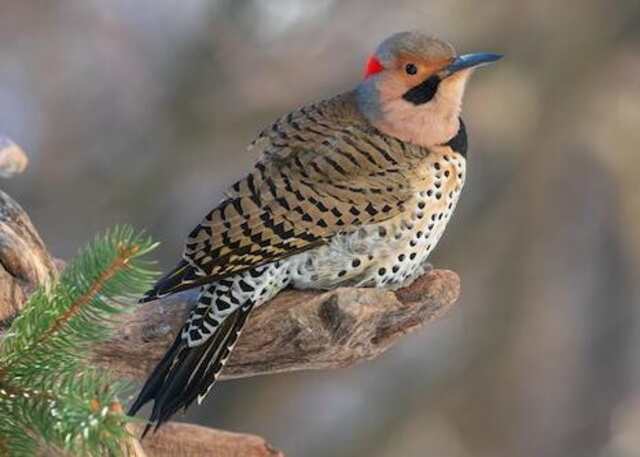
Coastal Gems: Birdwatching Along the Connecticut Shoreline
Connecticut’s picturesque coastline offers a stunning backdrop for birdwatching, with its array of coastal marshes, beaches, and estuaries attracting a diverse range of bird species. Here are some of the top birdwatching hotspots along Connecticut’s shoreline:
| Location | Species | Best Time to Visit |
|---|---|---|
| Harkness Memorial State Park | Piping Plovers, American Oystercatchers, Ospreys, Common Terns | Spring and Summer |
| Silver Sands State Park | Snowy Egrets, Great Egrets, Little Blue Herons, Black-crowned Night Herons | Spring and Summer |
| Hammonasset Beach State Park | Least Terns, Piping Plovers, Snowy Egrets, Great Egrets | Spring and Summer |
| Milford Point | Red Knots, American Oystercatchers, Peregrine Falcons, Sandpipers | Fall and Winter |
These birdwatching hotspots offer a range of amenities, from walking trails to observation platforms, making them accessible to birders of all skill levels. In addition, many of these locations are part of the Connecticut Coastal Birding Trail, which is a network of 24 birdwatching sites along the state’s coastline.
Birdwatching Along the Connecticut River
The Connecticut River estuary is another prime birdwatching location, especially during the fall and winter months, when migratory waterfowl visit the area. Some of the top birdwatching areas along the Connecticut River include:
- Great Island Wildlife Management Area
- Rocky Hill-Glastonbury Ferry
- Eagle Landing State Park
- Wethersfield Cove
Visitors can expect to see a variety of bird species, including Bald Eagles, Ospreys, and a variety of waterfowl such as Mergansers and Canvasbacks.
Inland Wonders: Birdwatching in Connecticut’s Interior
While Connecticut’s coastline offers fantastic birdwatching opportunities, the state’s interior also boasts several areas that are ideal for birding enthusiasts.
Visitors to the state’s nature preserves, state forests, and state parks can spot a wide variety of bird species, especially during the spring and summer months.
| Park Name | Location | Top Bird Species Spotted |
|---|---|---|
| Mianus River State Park | Stamford / Greenwich | Hooded Warbler, Wood Thrush, and Pileated Woodpecker |
| Housatonic State Forest | Falls Village | Blue-winged Warbler, Scarlet Tanager, and Blackburnian Warbler |
| Chatfield Hollow State Park | Killingworth | Red-shouldered Hawk, Louisiana Waterthrush, and Cerulean Warbler |
Additionally, birdwatchers can spot rare and endangered birds such as the Common Raven and Northern Harrier in the interior regions of the state. Whether it’s hiking through the woods or kayaking on one of the various rivers, Connecticut’s inland areas offer birdwatching opportunities that are truly special.
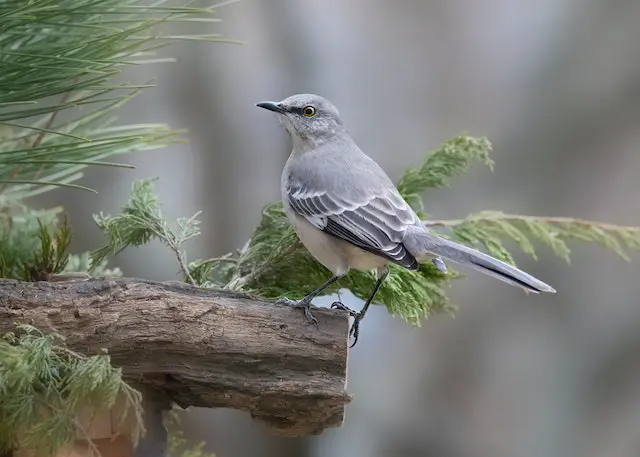
Migratory Marvels: Birdwatching During Migration Season
Connecticut plays a vital role as a stopover location for migratory birds. During the spring and fall, the state becomes a haven for birdwatchers who flock to witness the incredible spectacle of birds on their long journeys.
The Best Time to Observe Migrating Birds
The peak migration times in Connecticut are typically in the spring, from late April to early June, and in the fall, from mid-September to early November. During these times, birdwatchers can witness the impressive sight of tens of thousands of birds moving through the state.
Additionally, specific times of day can also impact bird activity. Early mornings and late afternoons are the most productive times for birdwatching. This is when birds are most active and are moving around to feed or find water.
The Top Locations for Migratory Birdwatching
| Location | Bird Species |
|---|---|
| Connecticut Audubon Society Coastal Center at Milford Point | Sandpipers, Plovers, and Terns |
| Bent of the River Audubon Center | Warblers, Thrushes, and Vireos |
| Hammonasset Beach State Park | Waterfowl, Shorebirds, and Raptors |
| Lighthouse Point Park | Hawks, Falcons, and Shorebirds |
These hotspots attract a variety of bird species during migration season, making them perfect locations for birdwatchers eager to spot new species.
Overall, Connecticut is an ideal destination for birdwatchers looking to experience the wonder of migratory birdwatching. With its diverse habitats and prime location along migration routes, birdwatchers can witness the beauty of birds in their natural element during their long journeys.
Rare Sightings: Birdwatching for Rare and Endangered Species
Connecticut is home to a diverse range of bird species, including some rare and endangered ones that can be found in specific hotspots throughout the state.
One of the most sought-after species for birdwatchers in Connecticut is the threatened Piping Plover, which nests on the state’s beaches during the summer months. Other endangered species that can be spotted in Connecticut include the Least Tern, the American Oystercatcher, and the Black-crowned Night Heron.
For those looking to see some of Connecticut’s rare bird species, the Great Island Wildlife Area in Old Lyme is a prime location. This unique salt marsh is home to a variety of rare birds, including the Saltmarsh Sparrow and the Seaside Sparrow.
Another hotspot for rare sightings is the Housatonic River in Sandy Hook, where birders can catch a glimpse of the Bald Eagle, a once-endangered bird that has made a remarkable comeback in recent years.
To ensure that these rare and endangered species are protected, it’s important for birdwatchers to adhere to all guidelines and regulations regarding birdwatching in these areas.
This includes staying on designated trails, keeping a safe distance from nesting areas, and avoiding loud noises and sudden movements that could disturb the birds.
By following these guidelines and respecting the habitats of Connecticut’s rare and endangered bird species, birdwatchers can contribute to the conservation efforts that help ensure the survival of these amazing creatures for generations to come.
Birdwatching Events and Festivals in Connecticut
If you’re looking to take your love of birdwatching to the next level, attending an event or festival is a great way to connect with like-minded individuals and learn more about the incredible bird species in Connecticut.
Here are just a few of the many birdwatching events and festivals held throughout the state:
| Event Name | Date | Location |
|---|---|---|
| BirdNote Daily | August 5, 2023 | CT Audubon RTP Estuary Center |
| Shorebird Walk at Harkness SP | August 5, 2023 | CT Audubon RTP Estuary Center |
| Migration Madness | September 9-10, 2023 | Lighthouse Point Park |
| Hawk Watch Festival | September 16-17, 2023 | Lighthouse Point Park |
| Fall Bird Walk | October 7, 2023 | Greenwich Audubon Center |
| Birding Basics | October 14, 2023 | Audubon Greenwich |
| Annual Migration Festival | October 21-22, 2023 | Audubon Greenwich |
These events and festivals provide an ideal opportunity to deepen your knowledge of Connecticut’s bird species, make new friends, and have some fun in the great outdoors. Check out local birding organizations for more information on upcoming events and festivals in your area.
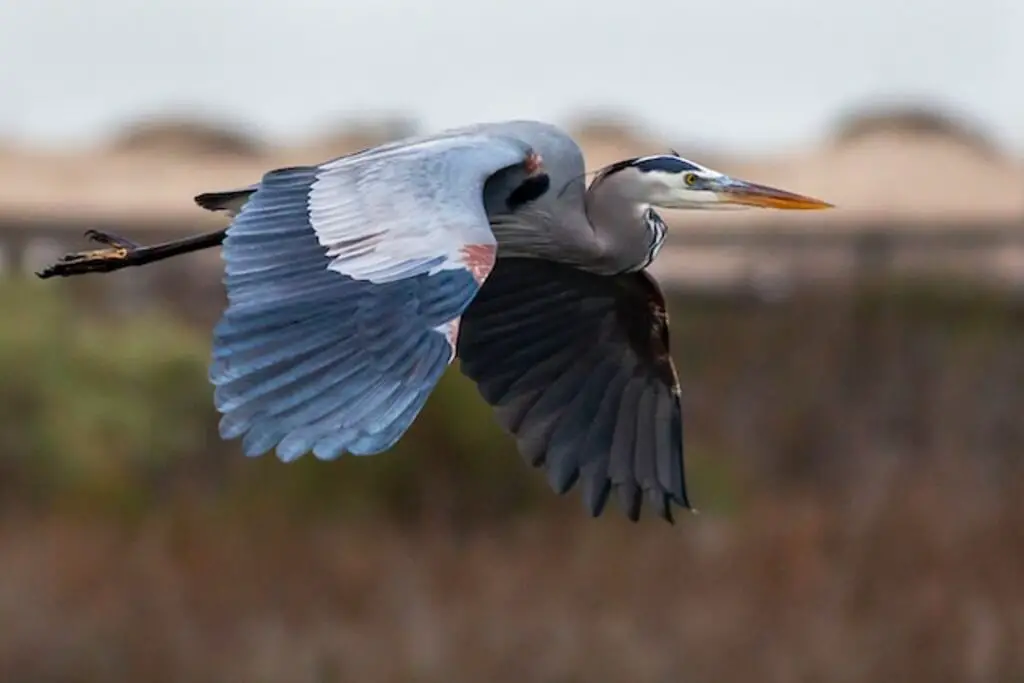
Tips for Successful Birdwatching in Connecticut
Connecticut offers a variety of exceptional birdwatching opportunities, but it’s important to be prepared for the experience. Here are some tips to ensure a successful and enjoyable birding trip:
- Bring the Right Equipment: Be sure to pack a pair of binoculars, a field guide, and a notepad for recording observations. A spotting scope and camera may also come in handy for identifying distant or rare birds and capturing stunning photos.
- Dress for the Occasion: Wear comfortable, weather-appropriate clothing and footwear that blends in with the natural surroundings. Avoid bright colors or loud patterns that may scare off birds.
- Check the Weather: Pay attention to the weather forecast and plan your trip accordingly. Overcast or slightly rainy days can be great for birdwatching, while high winds or heavy rain may make it challenging to spot birds.
- Respect the Birds: Keep a safe distance from birds and their nests, and avoid disturbing them. Do not use recorded bird calls to attract birds or attempt to feed them, as this can disrupt their natural behavior and may even be illegal in some areas.
- Follow Trail Etiquette: Stay on designated trails to avoid damaging fragile habitats, and respect the rights of other birdwatchers by keeping noise levels to a minimum.
- Join a Birding Group: Consider joining a local birding organization or group for tips, guidance, and camaraderie. These groups often organize field trips and other events that offer valuable opportunities for learning and networking.
By following these tips, you can ensure a successful and rewarding birdwatching experience in Connecticut. Happy birding!
Conservation Efforts: Protecting Birds and Their Habitats in Connecticut
Connecticut is home to a rich diversity of bird species, many of which face threats from habitat loss, climate change, and other human-driven factors. Fortunately, several organizations and initiatives in the state are working tirelessly to protect birds and their habitats.
| Organization | Mission |
|---|---|
| Audubon Connecticut | Works to protect birds and their habitats through science, advocacy, education, and on-the-ground conservation efforts. The organization manages several important bird sanctuaries and conducts research on bird populations and migration patterns. |
| Connecticut Audubon Society | Dedicated to the conservation of Connecticut’s wildlife and ecosystems, the organization focuses on protecting critical habitats for birds and other wildlife. It also offers educational programs and raises awareness about the importance of conservation. |
| Connecticut Department of Energy and Environmental Protection | Responsible for managing the state’s natural resources and promoting conservation efforts. The department oversees state parks, forests, and wildlife areas, and works to protect critical habitats for birds and other wildlife. |
Birdwatchers can play a crucial role in supporting conservation efforts by practicing responsible birdwatching. This includes avoiding disturbing nesting areas, respecting private property, and following designated trails and regulations.
By working together, we can help protect the birds and habitats that make Connecticut such a special place for birdwatching.
Photography and Birdwatching: Capturing the Beauty
Birdwatching in Connecticut offers not only a chance to witness stunning bird species, but also to capture their beauty through photography.
Whether you are an amateur or a seasoned nature photographer, Connecticut has several picturesque locations that provide the perfect backdrop for capturing stunning avian shots.
Best Locations for Bird Photography
The stunning coastline of Connecticut offers numerous opportunities for capturing amazing bird photographs, including the gorgeous Lighthouse Point Park in New Haven, which is a nesting site for ospreys, and Milford Point, which is known for its abundance of shorebirds.
In addition, the expansive Great Meadows Marsh in Stratford is home to species such as the great egret and glossy ibis that make for striking photography subjects.
The inland areas of Connecticut also offer several opportunities for bird photography, including the scenic trails at the Housatonic Meadows State Park, which is known for its resident bald eagles and blue herons.
Tips for Bird Photography
When photographing birds, it is important to prioritize their safety and avoid disturbing them. Keep a safe distance so that the birds do not feel threatened and consider using a telephoto lens to capture close-up shots without getting too close.
It is also important to consider the lighting conditions and time of day when shooting. Early morning and late afternoon offer the best natural light for photography, and you can experiment with different angles and perspectives to capture unique shots.
Lastly, be patient and wait for the right moment to capture your shot. Birds move quickly, and it may take several attempts to get the perfect photo. However, with persistence and a little luck, you can capture stunning photographs of Connecticut’s beautiful bird species.
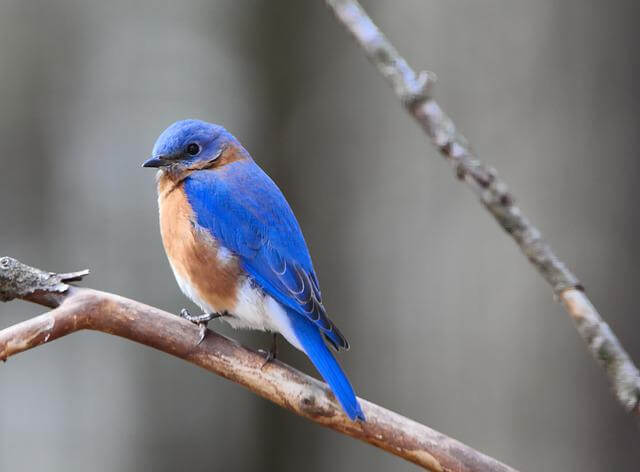
Conclusion
Connecticut is a haven for birdwatchers, with an abundance of amazing birdwatching spots to explore. From the coastline to the interior, Connecticut offers diverse habitats that attract a variety of bird species, including rare and endangered birds.
With its location along avian migration routes, Connecticut is an ideal destination for witnessing impressive avian journeys.
Birdwatching events and festivals take place throughout the year, bringing birding enthusiasts from near and far to experience the beauty of Connecticut’s birdlife.
To ensure a successful and enjoyable birdwatching experience, it’s important to bring appropriate equipment, clothing, and to follow responsible birdwatching etiquette.
Conservation efforts in Connecticut are working to protect bird populations and their habitats, and it is important for birdwatchers to be mindful of these efforts by practicing responsible birdwatching and supporting these organizations.
Whether you are a seasoned birder or a beginner, Connecticut’s birdwatching hotspots offer something for everyone. So get out there, explore the wonders of Connecticut’s birdlife, and capture the beauty with your camera!
FAQs: Best Birdwatching Hotspots in Connecticut
What makes Connecticut a popular destination for birdwatching?
Connecticut offers diverse habitats and is located along avian migration routes, making it a haven for birdwatchers.
Where are the top birdwatching hotspots along Connecticut’s coastline?
The Connecticut shoreline is home to a variety of birdwatching hotspots, including coastal marshes, beaches, and estuaries.
What are some scenic inland areas in Connecticut for birdwatching?
Connecticut’s interior features state parks, forests, and nature preserves that provide exceptional birdwatching opportunities.
When is the best time to witness bird migration in Connecticut?
Connecticut serves as an important stopover for migrating birds, with the best times to witness these avian journeys varying throughout the year.
Can rare and endangered bird species be seen in Connecticut?
Yes, Connecticut is home to unique bird species, including rare and endangered birds. Specific hotspots exist where they can be found.
Are there any birdwatching events and festivals in Connecticut?
Connecticut hosts various birdwatching events and festivals throughout the year, attracting enthusiasts from near and far.
What tips can you provide for successful birdwatching in Connecticut?
Practical tips include bringing the right equipment, wearing appropriate clothing, and practicing important birdwatching etiquette.
What conservation efforts are in place to protect birds and their habitats in Connecticut?
Connecticut has conservation initiatives and organizations dedicated to protecting bird populations and their habitats, emphasizing responsible birdwatching practices.
How can I capture stunning bird photographs while birdwatching in Connecticut?
Explore the intersection of birdwatching and photography in Connecticut, with tips on capturing beautiful bird photographs and recommendations for scenic locations.

